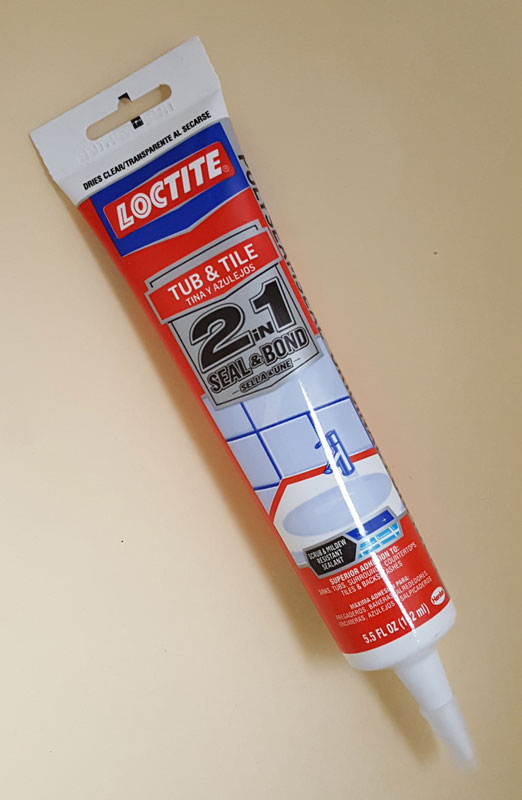Hello, I refer to this statement below:
"If the flange is on the floor; one wax ring
If the flange is lower, two wax rings."
https://terrylove.com/forums/showthread.php?48818-Another-toilet-flange-question
I am just wondering why I would install two wax rings if the flange is lower? The toilet was not designed fort his dual ring setup, the is simply no space for this second ring!
Would it be much simple to install the flange extender with the help of the glue and use single wax ring?
The reason I am asking about this is that my local plummer never heard about installing dual wax rings with all of his 30 years experience...
Also there is an option to install a thicker wax ring:
[/video]
Another option is just to install WAX FREE TOILET SEAL:
http://www.ferncoconnectors.ca/plumbing/wax-free-toilet-seal
http://www.ferncoconnectors.ca/plumbing/wax-free-toilet-seal
Thank you!
"If the flange is on the floor; one wax ring
If the flange is lower, two wax rings."
https://terrylove.com/forums/showthread.php?48818-Another-toilet-flange-question
I am just wondering why I would install two wax rings if the flange is lower? The toilet was not designed fort his dual ring setup, the is simply no space for this second ring!
Would it be much simple to install the flange extender with the help of the glue and use single wax ring?
The reason I am asking about this is that my local plummer never heard about installing dual wax rings with all of his 30 years experience...
Also there is an option to install a thicker wax ring:
Another option is just to install WAX FREE TOILET SEAL:
http://www.ferncoconnectors.ca/plumbing/wax-free-toilet-seal
http://www.ferncoconnectors.ca/plumbing/wax-free-toilet-seal
Thank you!
Last edited by a moderator:

